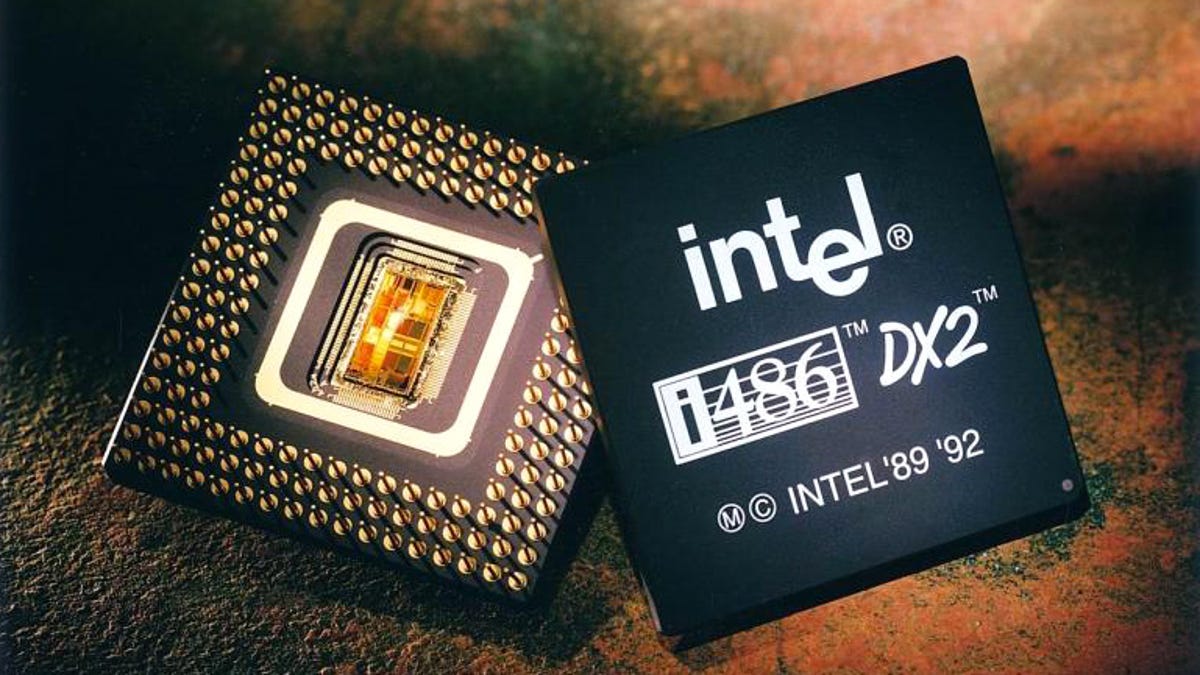- This $100 Android smartwatch could replace my Apple Watch. Here's why
- Networking errors pose threat to data center reliability
- OpenAI will become a Public Benefit Corporation - here's what that means
- SAS supercharges Viya platform with AI agents, copilots, and synthetic data tools
- LockBit Ransomware Hacked, Insider Secrets Exposed
Linux drops support for 486 and early Pentium processors (20 years after Microsoft)

RIP, 486 processor. You’ve had a long run since Intel released you back in 1989. While Microsoft stopped supporting you with the release of Windows XP in 2001, Linux kept you alive and well for another 20+ years. But all good things must come to an end, and with the forthcoming release of the Linux 6.15 kernel, the 486 and the first Pentium processors will be sunsetted.
Why? Linus Torvalds wrote recently on the Linux Kernel Mailing List (LKML), “I really get the feeling that it’s time to leave i486 support behind. There’s zero real reason for anybody to waste one second of development effort on this kind of issue.”
Also: Ready to ditch Windows for good? This is the Linux distro I recommend for beginners
Senior Linux kernel developer Ingo Molnár put Torvalds’ remark into context, writing, “In the x86 architecture, we have various complicated hardware emulation facilities on x86-32 to support ancient 32-bit CPUs that very very few people are using with modern kernels. This compatibility glue is sometimes even causing problems that people spend time to resolve, which time could be spent on other things.”
Mind you, this isn’t the first time Torvalds wanted to see 486 support end. Back in 2022, he wrote, “Maybe we should just bite the bullet, and say that we only support x86-32 with ‘cmpxchg8b’ (ie, Pentium and later).” At the time, others weren’t willing to bid the 386 adieu, so support for it in the mainline kernels would live on.
This will be the first time Linux has dropped support for a major chip family since 2012, when Linux stopped supporting the 386 family.
Moving forward, the minimum supported x86 CPU will now be the original Pentium (P5) or newer, requiring the presence of the Time Stamp Counter (TSC) and the CMPXCHG8B (CX8) instruction. These features are absent in the older 486 and early 586 processors, such as the IDT WinChip and AMD Elan families.
Mind you, if you want to keep running Linux on these old CPUs, you can. You’ll just — as Torvalds pointed out in 2022 — have to “run museum kernels.” For example, older distributions such as Debian 3.0 and Ubuntu 10.04 will still run on even x386 processors. There are also some specialty Linux distros, such as MuLinux, designed expressly to run on 1980s vintage hardware. If you elect to try any of these paths, however, remember you’ll be doing so without any of the security patches that have been released since their kernels were last updated.
Also: I’ve used dozens of distros as a Linux power user, but this one feels truly different
Removing support for the 486 and early Pentium CPUs will eliminate only about 14,000 lines of legacy code across roughly 80 files. This includes removing the software floating-point unit (FPU) emulation necessary for CPUs lacking onboard FPUs, such as the infamous 486SX and the broken FPU in the flawed early Pentium. The latter was the root cause of the Pentium FDIV bug.
This cleanup simplifies the kernel, reduces maintenance overhead, and improves performance on supported systems.
Almost no one will notice that the 486 is no longer supported. After all, the last commercial i486 chips were produced in 2007. Who do you know who’s still running a PC from the early 2000s? Well, besides me? Right, almost no one is, except for some hobbyists or in some niche embedded systems.
Also: Want to learn Linux from legends? This mentorship pairs you with top developers
Still, it’s always sad to wave goodbye to an old processor. I recall when the 33MHz 486DX was the fastest chip around. Indeed, I once owned one with 16 whole megabytes of RAM and a list price of $25,000. Today, you’d be hard pressed to find such a slow CPU anywhere in your house or office.
Get the morning’s top stories in your inbox each day with our Tech Today newsletter

